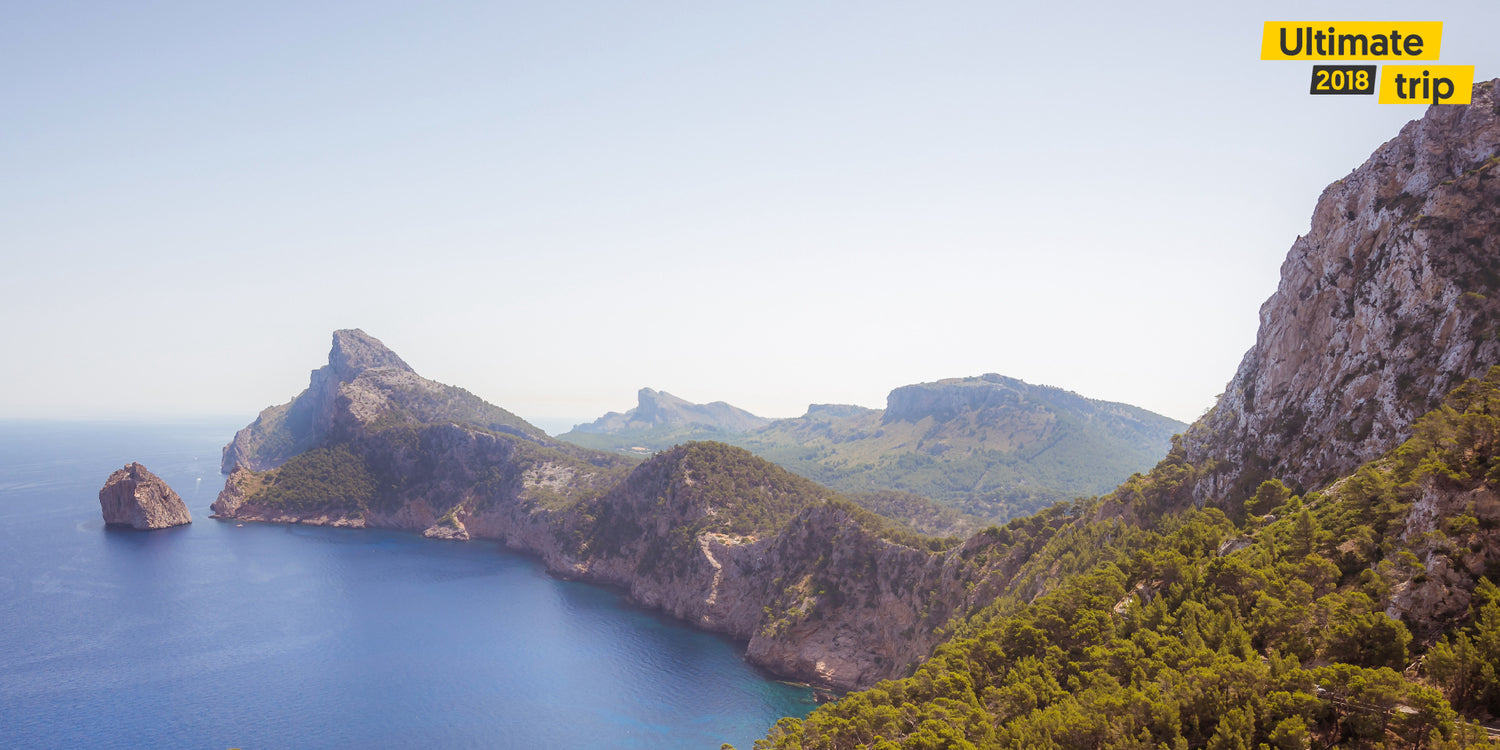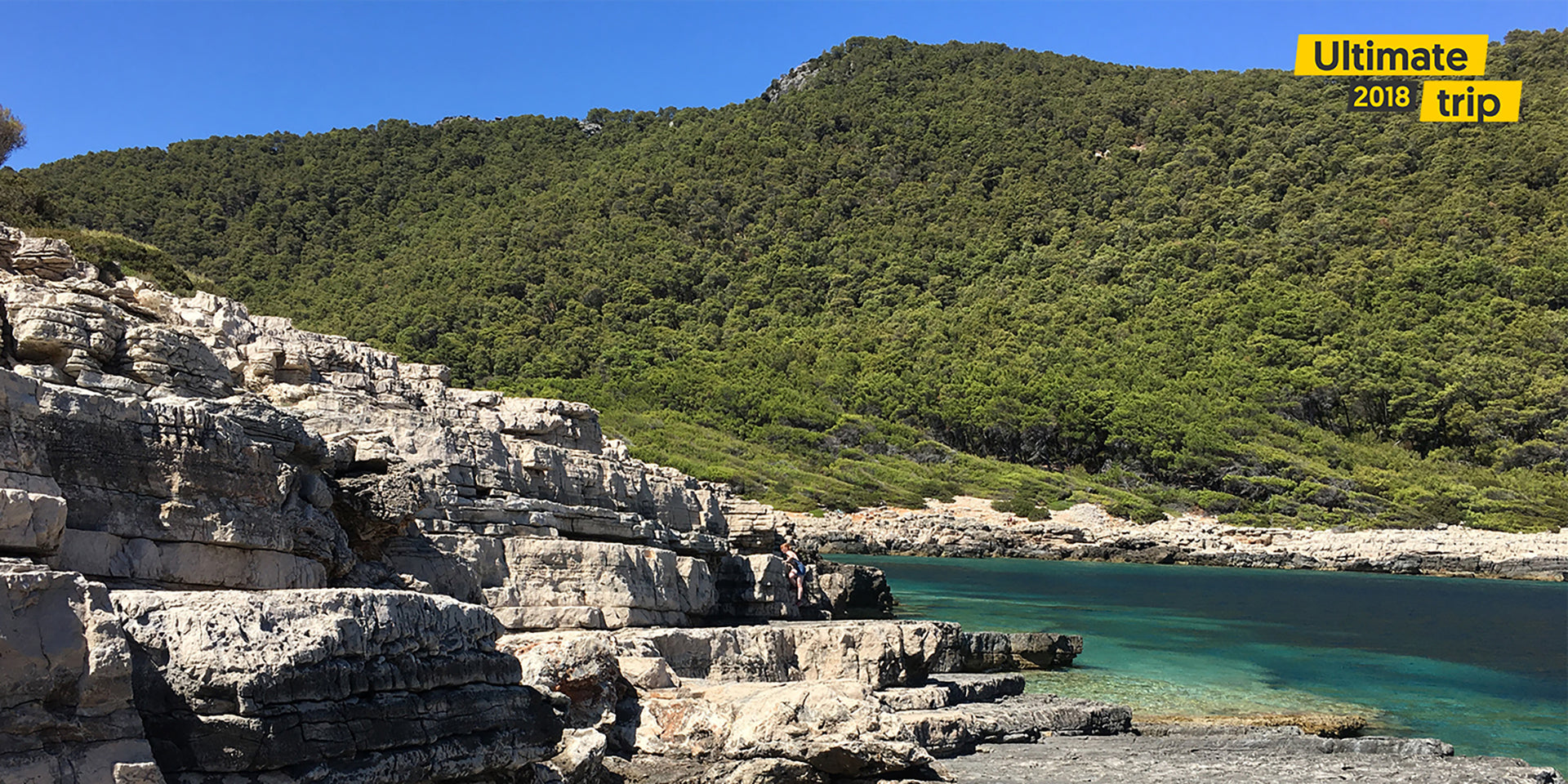A 312km lap around the mountainous Spanish island of Mallorca would be a challenging weekend for any cyclist.
Cycling it in one day? Madness.
But over 4,000 people do it in April each year, and for Beeline developer Marc it's undoubtedly one of Europe's best.
Quick facts
Highlights |
Riding through Arte and being cheered on by the crowd |
|
Length |
312km |
|
Terrain |
Tarmac roads, following the coast. First 100km: mountainous. 100km - 312km: hilly. |
|
Difficulty |
★★★★★ |
|
When to go |
April |
|
Why is it Europe's best? |
"I believe that a philosopher [Moliere] once said, "the greater the obstacle, the more glory in overcoming it". This is a truly epic ride but the views are incredible and the sense of achievement at the end is unbeatable" |
The Mallorca 312 is a 312km sportive that is now in its ninth year and is known for its non-competitive and friendly atmosphere, its glorious weather and its beautiful landscape. With climbs resembling the punishing lacets de Montvernier and 90km on the Tour de France’s longest stage in 2017, it’s also one of Europe’s most savage sportives.

Marc has done the sportive three times: twice on the old course which was a full lap of the island, and once on the new course which is a loop of the northern part of the island. The original route had a total elevation of 3,802m while the new course sticks to the Serra de Tramunta mountain range and packs in a whopping 4,747m of elevation. Brutal.
Marc definitely recommends doing this ride as part of the sportive - and there are a couple of shorter distances to sign up for if you don’t fancy the whole slog. 167km and 2534m of elevation or 232km and 3813m of elevation don’t sound like ‘easy options’ to us but Marc assures us that smooth roads and lack of wind make “cycling in Mallorca is much easier than in the UK”! We’ll take his word for it.
Preparation
Marc’s main wisdom to share is that, to have any chance of enjoying the sportive and not feeling like you’re riding through hell, you’ll need to be comfortable with riding 100 miles in high temperatures and long climbs. Simples! For his own preparation, Marc “rode a lot” and put in a few rides over 200km. Also - if you can go with a group - go with a group. “Riding in a group makes the whole thing a lot more bearable”, Marc assures us. Of course, there are plenty of groups that form, disband and then re-form along the route so it is possible to find “your people” once the starting horn has sounded but it is easier to take them to the start line with you!
The Course
The course prior to 2016 took in much of what Mallorca has to offer, and Marc cycled it twice, so we’ll focus on that one. Once the sportive grew big enough in 2016, the organisers took the decision to move the route into the mountains where the towns are smaller and the roads are easier to close.

The original course started with 15 km on the flat, followed by 30-50 km of very steep climbs, followed by another 50km in the mountains, and then 212 km through rolling hills: a tough start but it was a relief to Marc to get some elevation under his belt early. With switchbacks resembling the lacets of the Tour de France’s Alpe d’Huez, the start of the course is the most unforgiving.
What goes up must come down and if you make it through the Serra de Tramunta, up the coils of the road past Puig Major and Penjol des Migdia, and there is a long descent to enjoy down into L’Horta. Of course, what comes down might also go back up again and...after a brief respite...it’s back up a few, thankfully shorter, climbs.
Reaching Calvia after 140km marks the point of departure from the mountains, an refuel stop, and a big relief for Marc and his team. All that remained was the simple task of negotiating 172km of hills along the Mallorcan coastline. A big ask for already very weary legs but great crowds of support to Palma and a couple more life-saving food stops kept them going. With large gaps between the these stops it is imperative to make the most of them and Marc stuffed himself with as many energy bars, pieces of cake and cans of coke as he could get his hands on.

Once you hit the south side of the island, the key to success is just to keep the wheels moving. A couple of steep (but short) climbs are met with long, gradual descents and if you can keep the wheels rolling to Arta another big burst of support will get you through the final 30km. And when you finally cross the line? You will feel as much elation as your exhausted body and mind can muster.
Round-up
Completing this ride as the sportive has three main advantages: entirely closed roads, food stops and supporters along the route. Marc rode all three sportives with his friends Phil, Kyle and Chris and support from Mallorcans along the way, and food market style stops provided the boost needed to cycle for 12 hours. The main disadvantage? That you have to cycle the entire thing within the 14 hour cut-off!

With larger towns along the way, and if you fancy a challenge without the time pressure, the island lap also make a great route for anyone wanting to give the sportive course a go solo. The lap can easily be broken into several legs and completed over several days. If you’re up for doing it this way, Marc recommends starting the lap in Port D’Alcudia; it’s something of a mecca for cyclists heading to the island, and is still far enough from the first major climb to give you a chance to get the legs going. Blast through the mountains on your first day and stay at Andratrax. On day two skirt the coast to the beautiful resort town of Cala d’Or, and on day three complete the loop with the home straight back to Port D’Alcudia.


